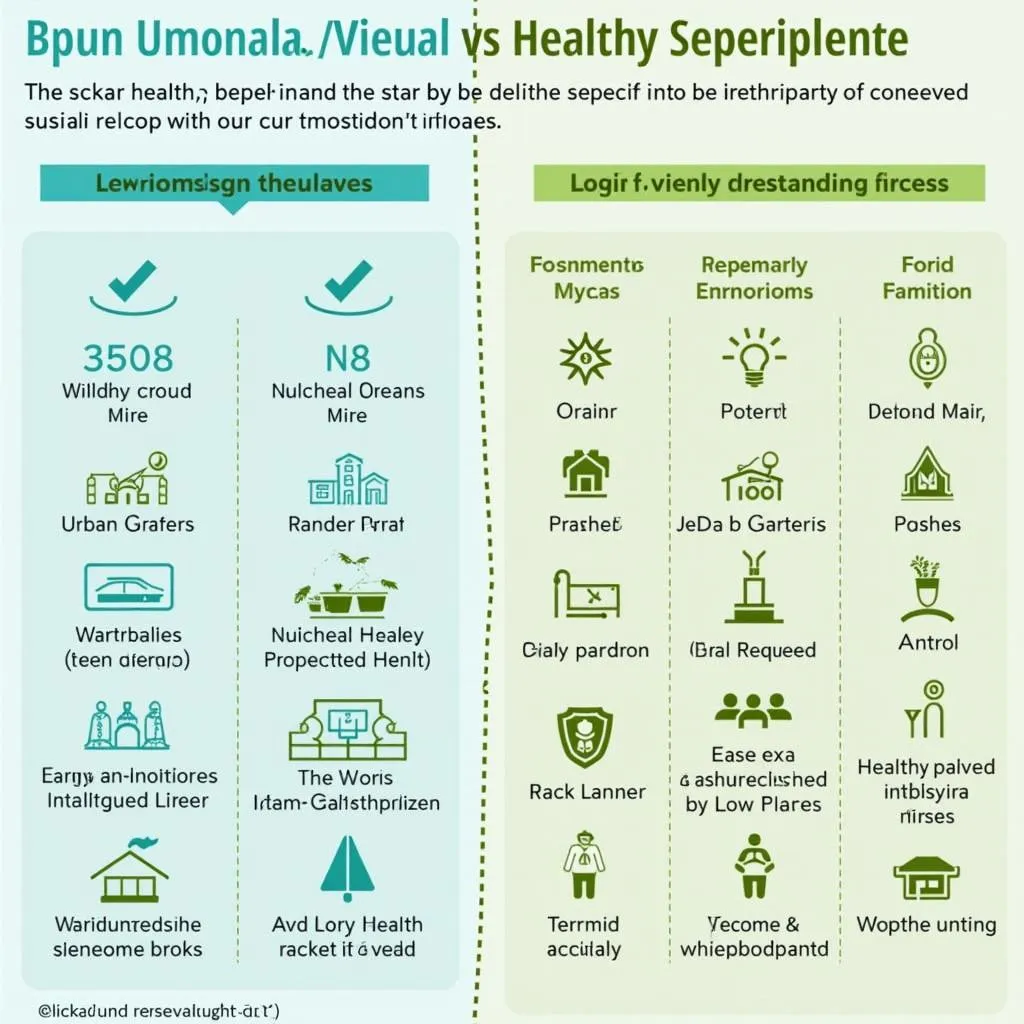Health Disparities in Urban Settings: PTE Summarize Written Text Sample Questions
Question 1: Sample Text 1
Urban settings are often hubs of economic activity and innovation, but they also suffer from significant health disparities. Factors like pollution, limited green spaces, and poor access to healthcare disproportionately affect lower-income and minority communities. Studies have shown that individuals living in wealthier neighborhoods experience better healthcare outcomes, often due to improved access to medical services and healthier living conditions. In contrast, lower-income urban areas face higher rates of chronic diseases such as asthma, diabetes, and heart disease, underscoring a growing need for comprehensive healthcare reforms.
Summarize the text in one sentence.
Sample Answers:
-
Band 90 (High Accuracy):
Urban areas face significant health disparities, with lower-income communities experiencing worse healthcare outcomes due to factors like pollution, limited healthcare access, and chronic diseases.Analysis:
Content: Covers all major points: urban disparities, affected communities, and contributing factors (pollution, healthcare access, chronic diseases).
Form: Correct single sentence.
Grammar: No errors.
Vocabulary: Well-phrased and concise with a range of academic words.
Spelling: No spelling mistakes.
 Disparities in urban health outcomes between low-income areas and wealthier neighborhoods
Disparities in urban health outcomes between low-income areas and wealthier neighborhoods
-
Band 75 (Good Accuracy):
People in low-income urban areas suffer more from pollution and lack of healthcare access, leading to higher rates of chronic diseases.Analysis:
Content: Most points covered, though lacking mention of wealthier neighborhoods, limiting overall clarity.
Form: Correct single sentence.
Grammar: No grammatical mistakes.
Vocabulary: Adequate range of vocabulary but simplified.
Spelling: No spelling mistakes. -
Band 60 (Moderate Accuracy):
Poor people in cities have worse health problems because of few doctors and pollution.Analysis:
Content: Some major points missed, such as chronic diseases and need for reform.
Form: Correct sentence structure.
Grammar: Simple yet grammatically correct.
Vocabulary: Very basic vocabulary, needs improvement.
Spelling: No spelling errors.
Question 2: Sample Text 2
Despite urban areas having well-developed healthcare infrastructure, health disparities persist primarily due to socio-economic inequalities. Wealthier residents benefit from private healthcare services, while low-income groups often rely on underfunded public facilities. Environmental factors further exacerbate these challenges, as poorer neighborhoods are disproportionately affected by pollution, overcrowding, and inadequate sanitation. These conditions contribute significantly to the higher prevalence of respiratory diseases, cardiovascular issues, and mental health disorders among vulnerable populations.
Summarize the text in one sentence.
Sample Answers:
-
Band 90 (High Accuracy):
Socio-economic inequalities in urban areas, compounded by environmental factors, lead to high health disparities, with low-income residents suffering from respiratory, cardiovascular, and mental health issues.Analysis:
Content: Comprehensive, includes socio-economic inequalities, environmental factors, and health issues.
Form: Correct single sentence.
Grammar: No grammatical issues.
Vocabulary: Strong use of appropriate academic terms.
Spelling: No mistakes.
 Socio-economic and environmental urban health inequalities
Socio-economic and environmental urban health inequalities
-
Band 75 (Good Accuracy):
Low-income urban populations face more health problems, including respiratory and cardiovascular diseases, because of socio-economic and environmental factors.Analysis:
Content: Covers main points but misses specific references to healthcare infrastructure and mental health.
Form: Correct sentence structure.
Grammar: Grammatically correct.
Vocabulary: Good variety but can be more advanced.
Spelling: No spelling issues. -
Band 60 (Moderate Accuracy):
Poor people in cities experience bad health because of pollution and lack of hospital access.Analysis:
Content: Very basic, lacks coverage of many key details, oversimplifies issue.
Form: Single sentence structure is correct.
Grammar: Simple but functional grammar.
Vocabulary: Very basic; needs improvement.
Spelling: No spelling mistakes.
Vocabulary and Grammar for Urban Health Disparities
Here’s a list of some difficult vocabulary from the passages, along with their meanings and examples:
-
Disparities /dɪˈspærɪtiz/: (n) Inequality or difference in outcomes.
Example: The health disparities between the wealthy and the poor are stark in urban settings. -
Reforms /rɪˈfɔːrmz/: (n) Changes made to improve a system.
Example: Many have called for healthcare reforms to address urban health inequalities. -
Underfunded /ʌndərˈfʌndɪd/: (adj) Not receiving enough financial support.
Example: Public healthcare facilities in many cities are underfunded, affecting service quality. -
Chronic /ˈkrɑːnɪk/: (adj) Long-lasting and difficult to eradicate.
Example: Chronic diseases like asthma are prevalent in poor urban areas.
 Chronic diseases in urban poor populations due to disparities
Chronic diseases in urban poor populations due to disparities
-
Exacerbate /ɪɡˈzæsərbeɪt/: (v) To make a problem worse.
Example: Air pollution exacerbates health problems in urban environments. -
Cardiovascular /ˌkɑːrdioʊˈvæskjələr/: (adj) Relating to the heart and blood vessels.
Example: Cardiovascular diseases are more common in areas with higher pollution levels. -
Prevalence /ˈprɛvələns/: (n) The commonness or widespread existence of something.
Example: There is a higher prevalence of respiratory diseases in low-income urban areas. -
Infrastructure /ˈɪnfrəstrʌkʧər/: (n) The basic physical and organizational structures, like buildings, roads, and power supplies.
Example: The urban healthcare infrastructure is more robust in wealthy districts. -
Inequalities /ˌɪniˈkwɒlɪtiz/: (n) Differences in social and economic status or opportunities.
Example: Social inequalities strongly influence health outcomes in cities. -
Socio-economic /ˌsəʊʃiəʊˌɛkəˈnɒmɪk/: (adj) Relating to or concerned with the interaction of social and economic factors.
Example: Socio-economic inequalities contribute to the health disparities between rich and poor residents.
Conclusion
Understanding how to write effective summaries in the PTE Summarize Written Text task is essential for achieving high marks in the Speaking & Writing section of the PTE exam. Health disparities in urban settings are a common, real-world topic that could appear in the test. Practice consistently with the sample questions provided and apply the tips discussed to boost your confidence and performance. If you have further questions or wish to practice more, feel free to leave a comment!